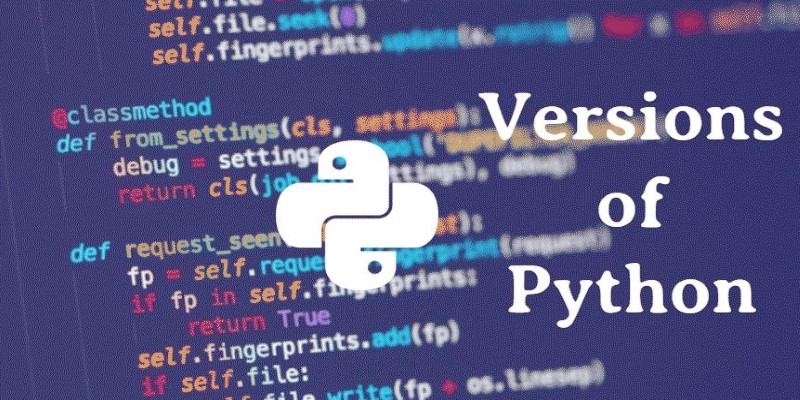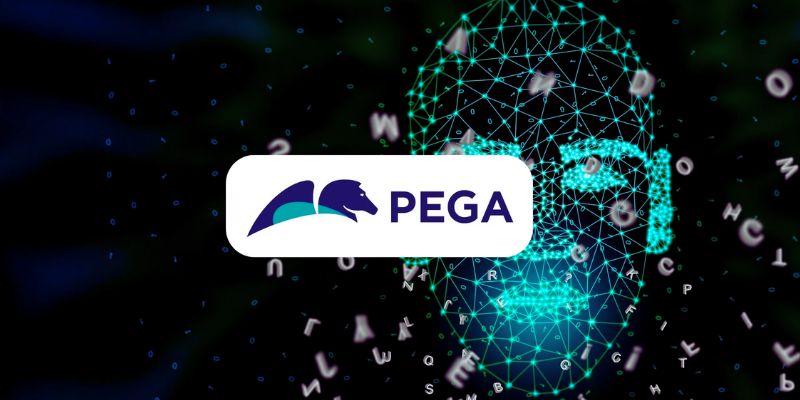When you're working with dictionaries in Python, you usually don't worry about the order of elements. In fact, traditional dictionaries didn’t even maintain order until Python 3.7 made it a built-in feature. But long before that, there was a special tool called OrderedDict. Even now, OrderedDict has its place because it offers a few things that a regular dictionary just can’t.
Let's take a closer look at what makes OrderedDict different and when it’s the smarter choice.
Understanding OrderedDict: Not Just a Regular Dictionary
An OrderedDict comes from Python’s collections module. Just like a regular dictionary, it stores key-value pairs. The big difference? It remembers the order in which items were inserted. So, when you loop through an OrderedDict, you get the items back in the exact order you added them. No surprises.
Here's a quick example:
python
CopyEdit
from collections import OrderedDict
od = OrderedDict()
od['apple'] = 1
od['banana'] = 2
od['cherry'] = 3
print(od)
The output will show 'apple,' 'banana,' and 'cherry' exactly in that sequence.
Before Python 3.7, regular dictionaries didn't promise any particular order. They could shuffle things around behind the scenes. So, if your code relied on a specific order, OrderedDict was the tool you needed.
Even now, there are moments when OrderedDict is the better pick. It offers some extra tricks that the standard dictionary still doesn't.
What Makes OrderedDict Special?

OrderedDict isn’t just about holding onto order. It brings a few neat features to the table:
Move Items to the Beginning or End
One standout feature is the move_to_end() method. It lets you move any item either to the front or the back. This isn’t possible with a regular dictionary without some extra work.
python
CopyEdit
od.move_to_end('apple')
print(od)
In this case, 'apple' shifts to the end of the dictionary. If you want it at the beginning, just pass last=False:
python
CopyEdit
od.move_to_end('banana', last=False)
print(od)
This makes it easier to adjust the flow of elements on the go without recreating the dictionary.
Pop Items Based on Position
Another useful method is popitem(). With a regular dictionary, you can only pop the last item inserted. But with OrderedDict, you decide to pop the last item or the first one.
python
CopyEdit
od.popitem(last=False)
Here, last=False removes the first item inserted. If you leave it as True (the default), it removes the last one. This small flexibility is handy when you're managing queues or need to clear elements in a controlled order.
Update Values While Keeping the Order
You can update the values of existing keys without disturbing the order. When you assign a new value to an existing key, it stays right where it is.
python
CopyEdit
od['apple'] = 10
print(od)
Only the value changes — the key’s position remains the same. So if your dictionary reflects a sequence of actions or priorities, you can tweak things without breaking the flow.
Reversed OrderedDict
You can loop through an OrderedDict in reverse order easily by using reversed():
python
CopyEdit
for key in reversed(od):
print(key, od[key])
This is smoother than flipping a regular dictionary into a list and manually iterating backward. If you need to process elements starting from the newest or last-inserted item, OrderedDict makes it feel effortless.
Equality Depends on the Order
In a regular dictionary, two dictionaries are considered equal if they have the same keys and values, no matter the order. In an OrderedDict, the order matters, too.
For example:
python
CopyEdit
from collections import OrderedDict
od1 = OrderedDict([('a', 1), ('b', 2)])
od2 = OrderedDict([('b', 2), ('a', 1)])
print(od1 == od2)
This will print falsely because the order is different.
Preserving Historical Data
Sometimes, you're logging events, saving settings, or keeping track of changes over time. With OrderedDict, the insertion order remains untouched unless you specifically change it. That makes it perfect for keeping a clean, readable timeline or record.
For instance, you might log the steps of a process:
python
CopyEdit
steps = OrderedDict()
steps['Step 1'] = 'Initialize'
steps['Step 2'] = 'Load Data'
steps['Step 3'] = 'Train Model'
When you revisit it, the steps will be in the same, sensible order—not jumbled.
When Should You Use OrderedDict?
Now that dictionaries maintain order by default (Python 3.7+), you might wonder why OrderedDict still exists. Here are a few situations where it's the smarter pick:
You Need to Reorder Items
If your code ever needs to move an item from one place to another within the dictionary, OrderedDict makes it painless. Regular dictionaries won’t help you do that without a bit of trickery.
You Need the Order to Matter for Comparisons
In testing or configuration files, sometimes you don’t just care about what’s there—you care about how it's arranged. OrderedDict treats order as part of the data, which can save you from weird bugs when comparing two datasets.
You're Targeting Older Versions of Python

If you're writing code that needs to run on Python versions older than 3.7, OrderedDict is your only way to guarantee order. Even though these versions are becoming less common, they still exist in legacy systems.
You Need Special Features Like pop item(last=False)
With OrderedDict, you can pop the first item or the last item based on what you need. Regular dictionaries only let you pop the last inserted item. So, if you ever want that first inserted value without having to dig manually, OrderedDict has your back.
Example:
python
CopyEdit
item = od.popitem(last=False)
print(item)
This removes and returns the first item.
OrderedDict vs. Regular Dictionary: A Quick Look
Here’s a simple side-by-side to make things even clearer:
Feature | Regular Dictionary (Python 3.7+) | OrderedDict |
|---|---|---|
Maintains insertion order | Yes | Yes |
Supports moving items | No | Yes (move_to_end) |
Order affects equality | No | Yes |
Compatible with old Python versions | No | Yes |
Specialized methods like popitem(last=False) | No | Yes |
So, while a regular dictionary now does more than before, OrderedDict still covers a few corners that the built-in one skips.
Wrapping It Up
OrderedDict remains a solid choice when you need more than just an order—you need control. Whether you're reshuffling items, tracking sequences carefully, or working with older Python versions, it's a reliable tool to keep in your coding toolkit. Even with today's regular dictionaries behaving better, there's still a place for OrderedDict when precision and flexibility really matter. If your project involves maintaining structure, reflecting changes over time, or simply handling data where the sequence speaks just as loudly as the content, OrderedDict can save you time and help keep your logic clean.











